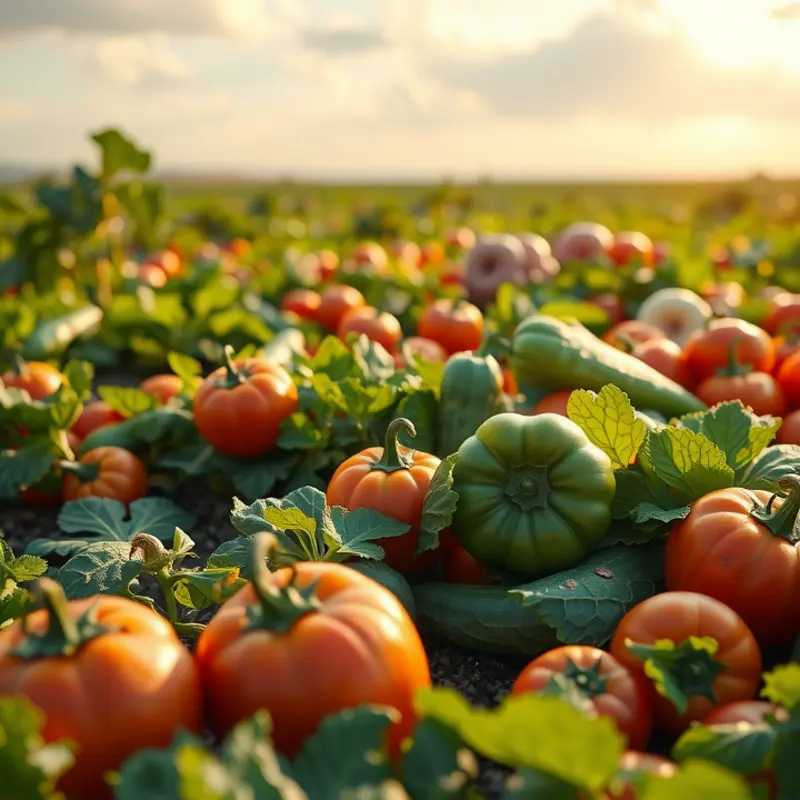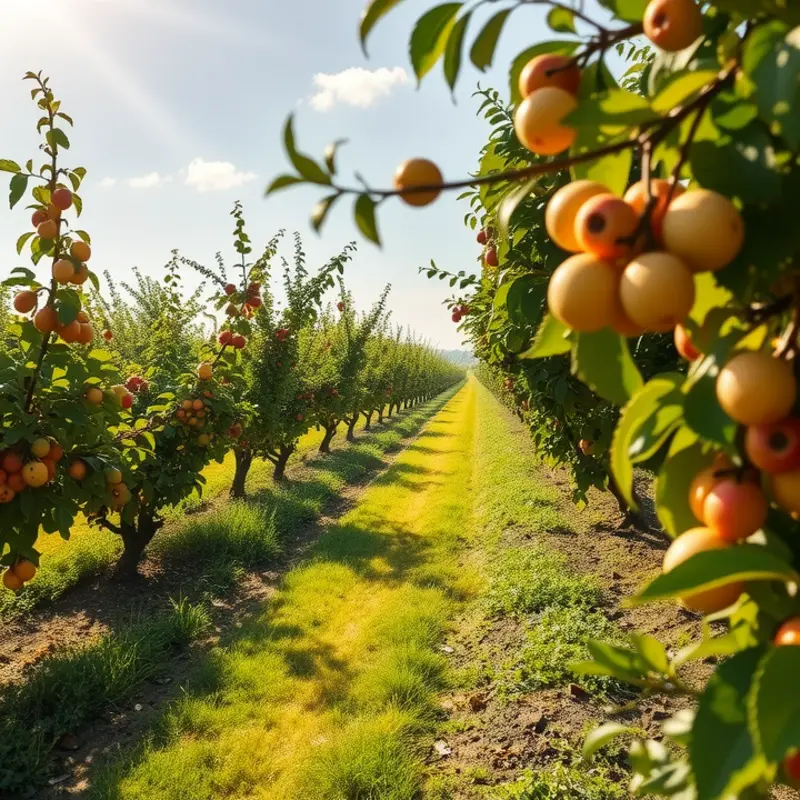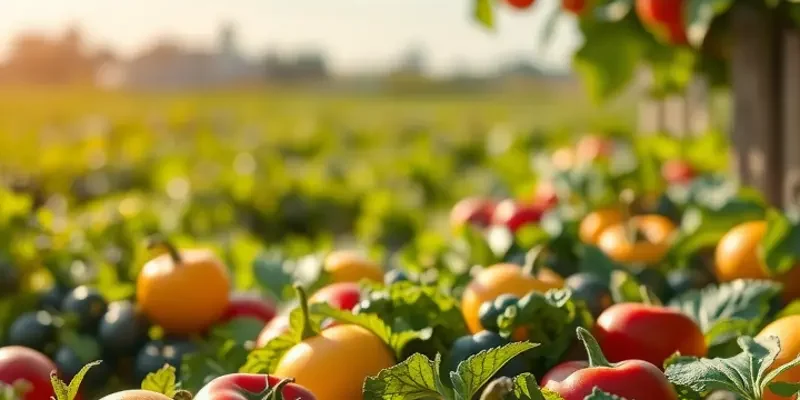Emulsification may seem daunting, but it’s a vital skill for any home cook. Mastering this technique opens the door to creating smooth dressings, creamy sauces, and delightful spreads. Whether you’re whipping up vinaigrettes or aioli, understanding and applying these easy methods will enhance your culinary repertoire. This guide simplifies emulsification, providing practical tips that anyone can follow. Let’s discover how to combine ingredients seamlessly to elevate your home cooking!
Understanding Emulsification: The Basics

Emulsification is a technique that transforms the ordinary into the extraordinary in cooking. By combining ingredients that naturally resist mixing—typically oil and water—emulsification forms a more flavorful and cohesive substance. This process is not only fascinating but also essential for creating luscious sauces, creamy dressings, and smooth textures in various dishes. Let’s delve deeper into the science and practical applications of emulsification.
At its core, emulsification involves suspending droplets of one liquid in another. This is achieved by vigorously mixing the liquids, allowing them to blend into a stable mixture. The key to a successful emulsion is an emulsifier, an ingredient that helps stabilize this mixture. Common household emulsifiers include mustard, egg yolks, and honey. These ingredients contain molecules with both hydrophilic (water-attracting) and lipophilic (oil-attracting) properties, which help bridge the gap between oil and water.
There are two primary types of emulsions: temporary and permanent. Temporary emulsions, like vinaigrettes, are quick to mix but just as quick to separate. Fine for immediate use, they require vigorous shaking or whisking before serving. Permanent emulsions, such as mayonnaise or hollandaise sauce, are more stable and can maintain their consistency over time. The addition of a strong emulsifier, like egg yolk in mayonnaise, helps achieve this lasting stability.
Understanding emulsification opens up endless culinary possibilities. A simple homemade vinaigrette can elevate a basic green salad, while a luxurious hollandaise can transform poached eggs into an indulgent eggs benedict. Furthermore, once you’ve mastered emulsification, you can experiment with flavors and create unique combinations tailored to your taste.
To embark on your emulsification journey, a few basic tools and ingredients are required. A whisk is essential for hand emulsification, providing control and precision. Alternatively, a blender or food processor can be used to achieve emulsification more quickly and effortlessly. Ingredients like fresh lemon juice or vinegar are pivotal in adding acidity, which aids in emulsification while enhancing flavor.
Whether you’re crafting a classic Caesar dressing or an inventive aioli, understanding the emulsion process is crucial. Recognizing when your sauce is about to break, or split, can save a dish. Adding your oil slowly and steadily, and ensuring all ingredients are at the same temperature, can make all the difference in creating a successful emulsion.
Transform your kitchen practice by mastering emulsification. This technique is not only practical but also a key component in producing more refined and flavorful dishes. For those interested in enhancing their cooking repertoire without relying heavily on salt, consider exploring flavor boosters. With emulsification in your culinary toolkit, the potential for creativity and deliciousness is boundless.
Easy Emulsification Techniques for Home Cooks

Ready to create silky-smooth salad dressings or a creamy mayonnaise? Emulsification can elevate your dishes to the next level. Let’s explore practical techniques you can master at home: shaking, whisking, and using a blender. Each method has unique benefits, so consider the dish you’re preparing when choosing your technique.
Shaking: For small batches of vinaigrette or sauces, a jar is your best friend. Combine oil, vinegar, mustard, and any other seasonings in a sealed jar. Mustard works as an emulsifier, helping to blend the oil and vinegar. Shake vigorously—imagine you’re creating a storm in your jar!—until the mixture looks homogenous. This method is quick and minimal in cleanup.
Whisking: For those times when you need a little more control, a whisk is ideal. Start with your oil in a bowl, then slowly add other liquids while whisking continuously. The trick here is steady whisking to disperse fat droplets uniformly. Incorporating mustard or honey makes achieving the right consistency easier. Whisking is perfect for emulsifying hollandaise or a simple mustard vinaigrette.
Blender: When making larger quantities or thicker emulsions like mayonnaise, a blender can save you time and effort. Begin with all non-fat ingredients, such as mustard, lemon juice, or vinegar. Then, with the blender running, slowly drizzle in the oil. This steady addition is key to preventing the mix from breaking. If you’ve over-added the oil, don’t worry. Add a spoonful of water or vinegar and blend—it can bring your emulsion back. Precision is vital; avoid rushing this process.
Emulsion issues are common. If your blend separates, it might be due to adding the oil too quickly. So slow it down. Thin emulsions may need more emulsifying agents like mustard or egg yolks. Conversely, if you find it too thick, a few drops of water can thin it out without destabilizing.
Experiment with flavor! Try walnut or sesame oil in place of olive oil for a different taste. A dash of soy sauce or a hint of honey ginger can turn a simple vinaigrette into something extraordinary.
Finally, keep your emulsions fresh and safe to consume. Store in clean, airtight containers. Refrigerate any leftovers, referencing safe storage methods for sauces here.
With these methods and tips, you’re all set to impress yourself and others with your emulsification prowess. Embrace the science of sabor, and enjoy the rich textures and flavors these techniques can deliver!
Final words
Emulsification is an essential skill for any home cook, allowing you to create rich, flavorful dishes. By mastering these easy techniques, you can elevate your meal preparation and impress your guests with your culinary prowess. From dressings to sauces, the possibilities are endless. Take your time to practice, experiment with different flavors, and enjoy the process of creating delicious emulsions. Happy cooking, and may you find joy in every blend!







